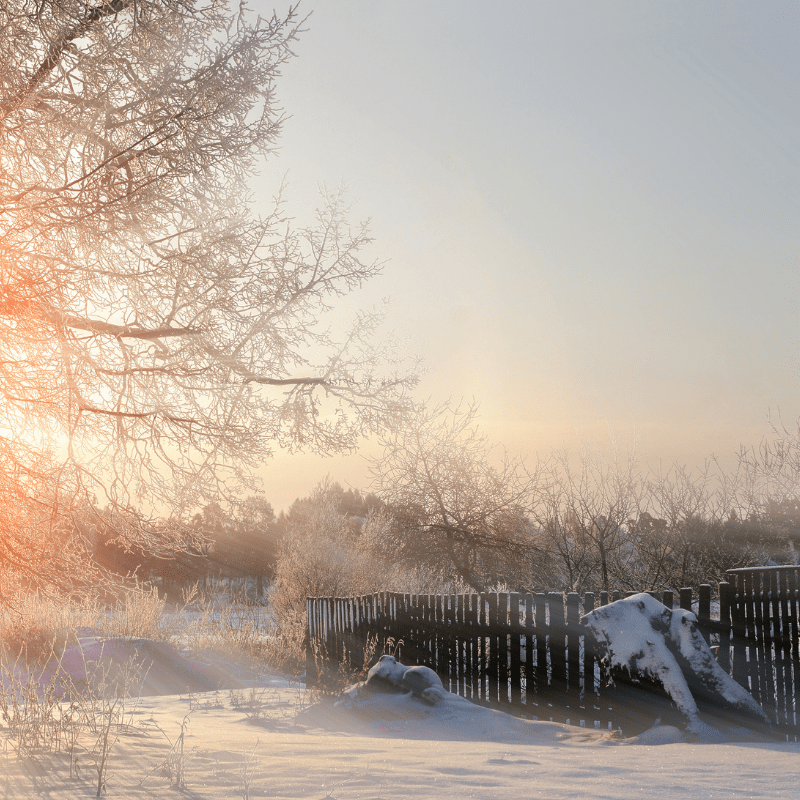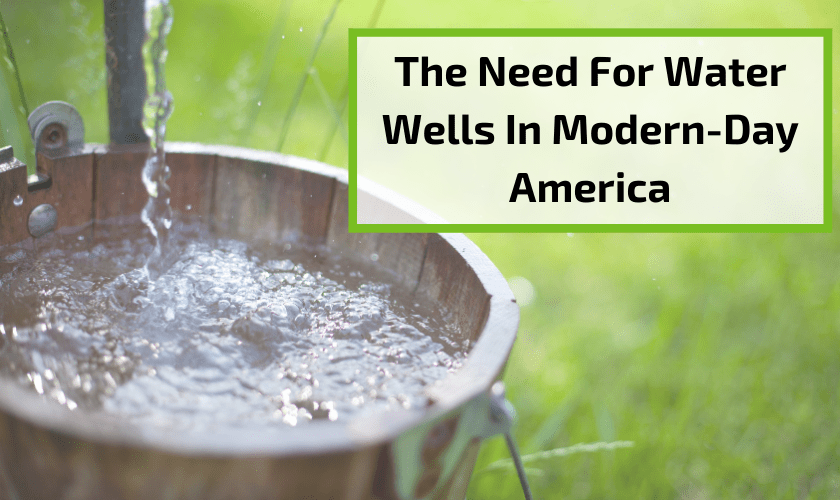Geothermal systems can both heat and cool a home, but they are primarily known as heating systems. However, people commonly question their ability to function when the ground is frozen, so we wanted to break it down for you.
Earth’s Natural Insulation
Gardeners and construction professionals can tell you right off the bat that the cold weather does not penetrate deep into the earth’s surface. Anything below the frost line maintains a constant temperature, regardless of the weather conditions overhead. This is why geothermal systems work well for both heating and cooling. They simply re-route that constant temperature to generate the interior conditions you seek for your home.
Recirculation of the Air
Pipes and pumps are responsible for recirculating this air throughout your home. This system works much better than traditional HVAC systems and mini-split units that require air-based heat and high energy consumption to create warmth. The simple recirculation is why geothermal systems generally lead to much lower energy bills than a conventional heating system.
Winter Installation
The one way that winter does affect geothermal systems is the installation process. While anything below the frost line is safe, getting below that frost line in cold conditions can prove difficult. Frozen ground is hardened ground. The unfavorable conditions can also make it hard for workers to carry on for long hours. Because of this, it is best to install your geothermal system in milder weather.
Geothermal heating systems are one of the most misunderstood green initiatives gaining momentum in America. As more homeowners adopt this technology, this may change. Until then, Chesapeake Geosystems is happy to answer any questions you may have. Call 410-489-1712 or send us an email today!









